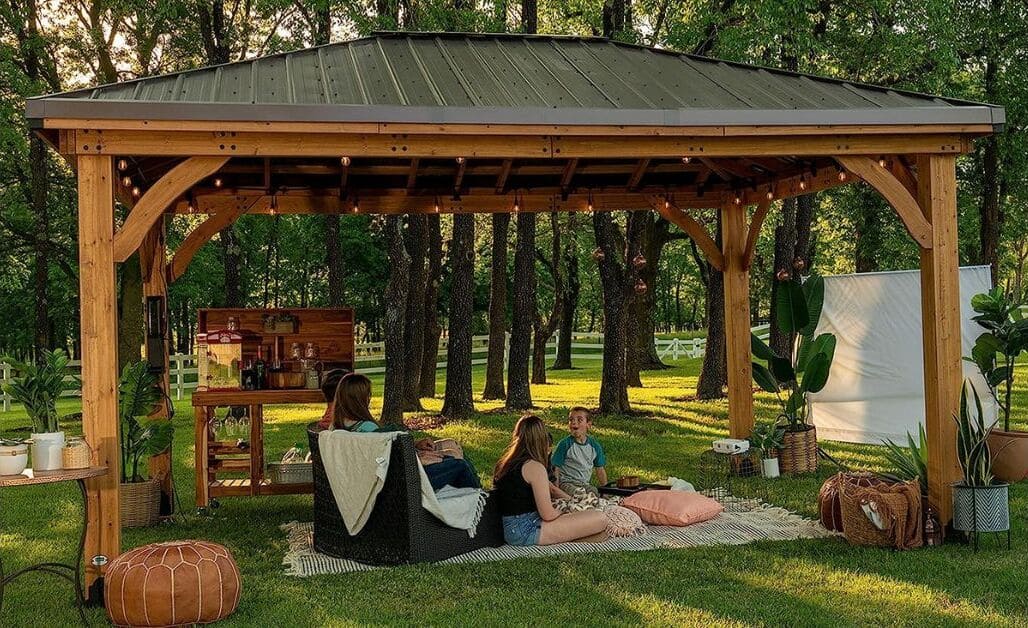When it comes to building a gazebo, choosing the right wood is crucial. The wood should be durable, strong, resistant to insects and rot, and have an appealing aesthetic. The most commonly used woods for gazebos are cedar, redwood, pine, spruce, and hemlock.
Additionally, these woods can be more affordable than cedar and redwood, making them a popular choice for those on a budget.
Ultimately, the 10 best woods for your gazebo will depend on your climate and weather conditions, as well as your personal preferences and budget. With careful consideration, you can choose the perfect wood for your gazebo that will provide years of beauty and functionality.
Best Woods For Gazebo: I should know that wood is a popular choice for construction due to its availability, workability, and durability in outdoor conditions. However, before I make a trip to the lumber yard, I need to consider which type of wood is best suited for my project and my specific needs. I can make an informed decision and choose a material that will provide both aesthetic appeal and durability for my pergola or gazebo project.
What is Gazebo?
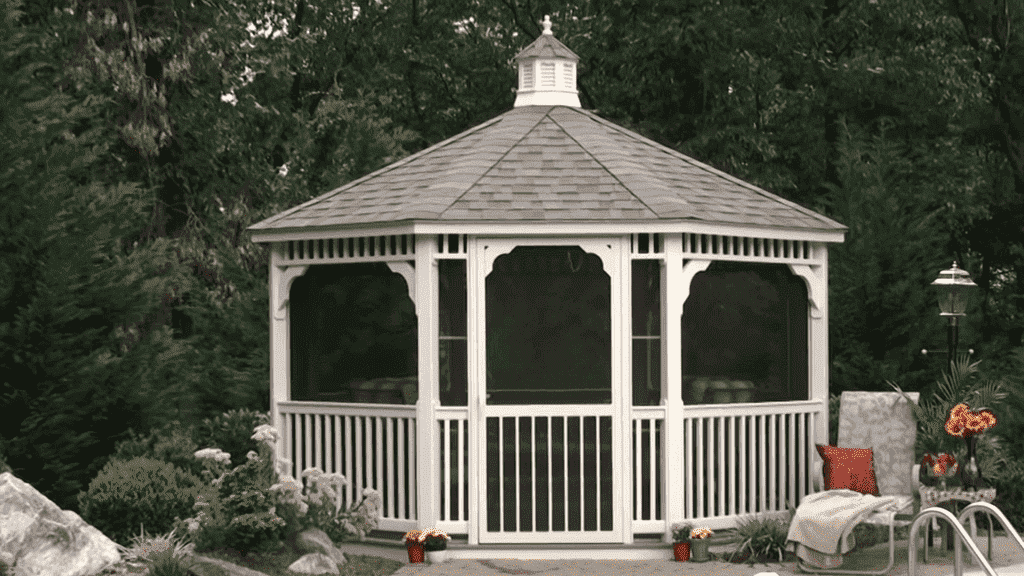
A gazebo is a freestanding, open-sided outdoor structure typically found in gardens or parks, but can also be built in residential properties. It usually has a roof, often supported by pillars, and is designed to provide shade and shelter from the elements while still allowing for an unobstructed view of the surrounding landscape.
Gazebos can vary in size and style, from small and simple to large and ornate, and can be made from a variety of materials, including wood, metal, and vinyl. They are often used for relaxation, dining, or entertaining guests in an outdoor setting.
Why is Choosing the Right Wood Important?
As a builder of an outdoor structure like a gazebo or pergola, selecting the right wood is crucial to ensure the structure’s durability, appearance, and ability to withstand harsh outdoor conditions.
Choosing the wrong type of wood can result in the structure deteriorating quickly, leading to costly repairs or replacement. However, by selecting high-quality wood, such as cedar or redwood, which are naturally resistant to decay and insect damage, the structure can last longer with less maintenance required.
The type of wood can also impact the structure’s overall aesthetic appeal, with different woods offering unique colours, textures, and grain patterns.
Ultimately, choosing the right wood is critical in achieving a structure that is not only functional and long-lasting but also visually appealing.
10 Best Woods For Gazebo: Expert Choices
Below, we will be discussing the top 10 Best Woods choices for a gazebo:
1. Pine Yellow:
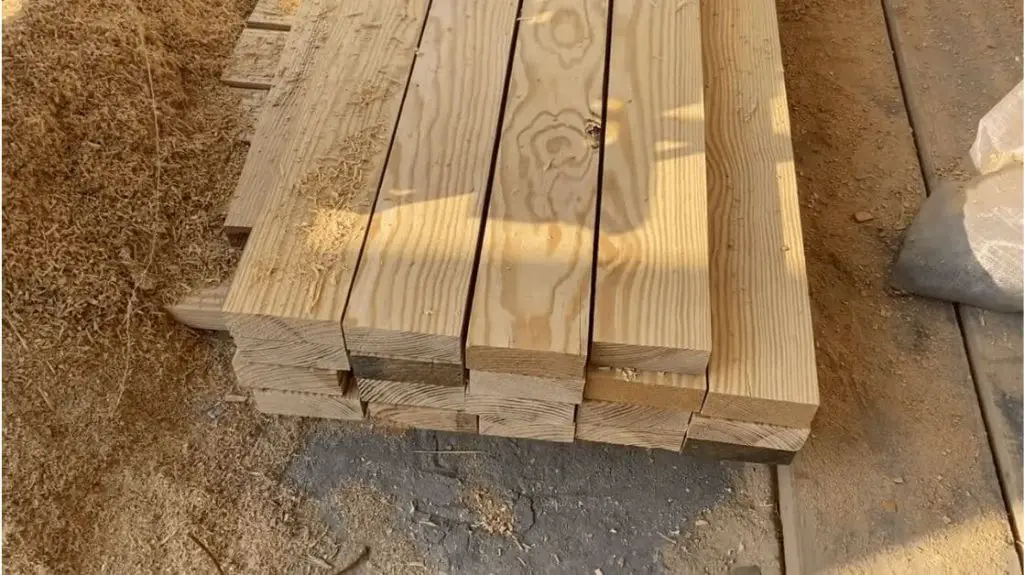
As a builder, I know that yellow pine is a great option for pergolas and gazebos due to its affordability, durability, and natural benefits. It is naturally resistant to decay, warp, and insects, making it an ideal choice for warm and humid climates. Yellow pine is also easy to stain and paint to match any desired hue.
However, it’s important to note that pressure-treated yellow pine requires at least 30 days to settle and soak in chemicals before staining or painting.
While it’s one of the lower-priced options, it still provides a high-quality, long-lasting result. If I’m on a tight budget, I would definitely consider using yellow pine for my project.
2. The IPE:
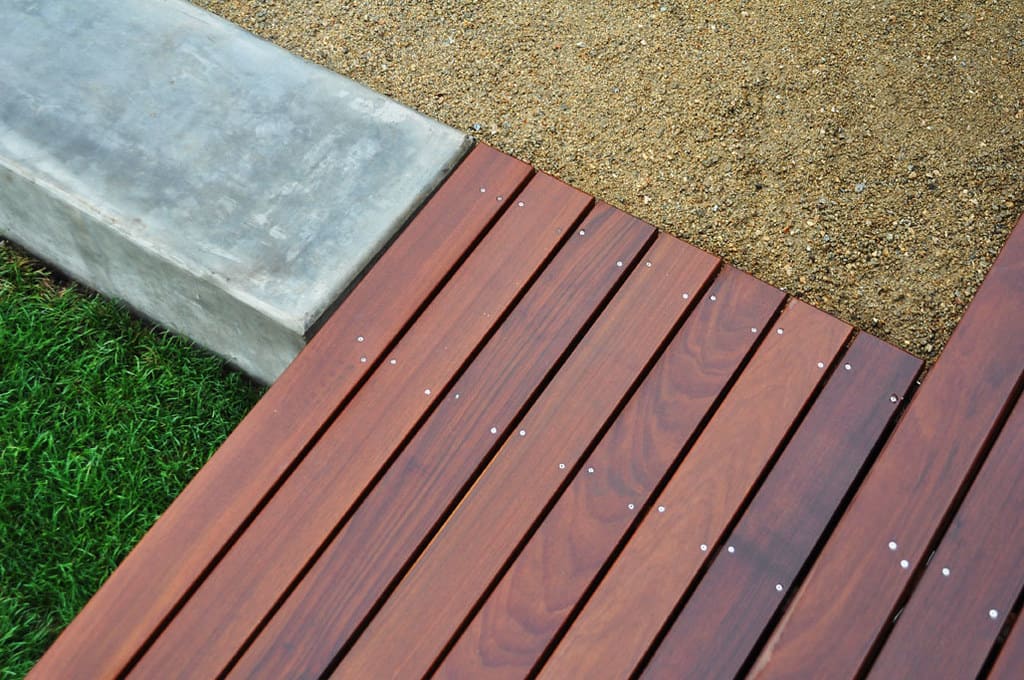
I’m aware of the benefits of using Ipe for an outdoor gazebo due to its strength, resistance to decay and rot, and dense, heavy nature. It has a dark, rich colour that adds elegance to any garden or backyard. Ipe is one of the hardest and densest types of wood, making it durable and able to withstand harsh weather and heavy usage.
However, it is also one of the more expensive wood options for a gazebo, and its density and weight can make it challenging to work with, requiring specialised tools. Despite these factors, Ipe remains a popular choice for those seeking a high-quality, long-lasting gazebo.
3. The Green Oak:
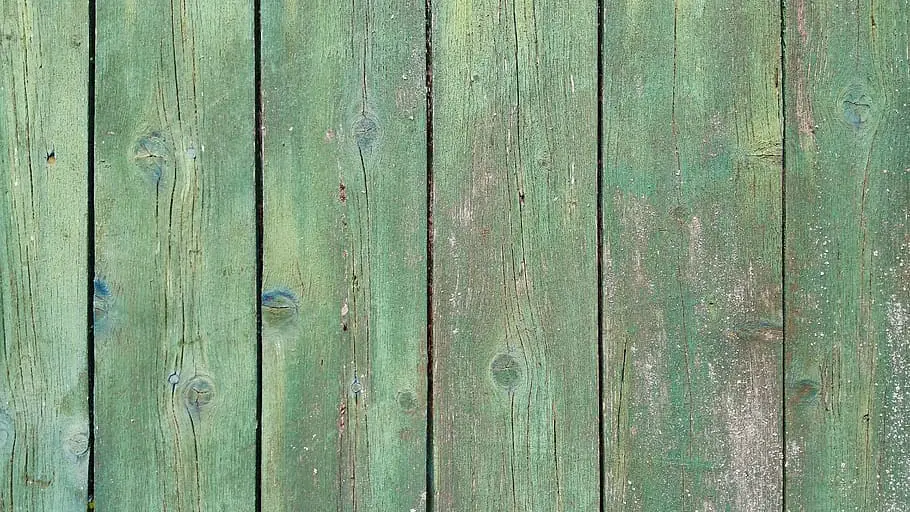
I know that green oak is a premium option for building a pergola or wood gazebo due to its beautiful natural grain and easy maintenance. Although it is more expensive compared to other wood options, it provides one of the best final products.
Green oak doesn’t require annual staining or sealing, and as it fades over time, it develops a stylish natural grey hue. Green oak can last for hundreds of years, making it a worthwhile investment if you can afford it.
Overall, if you’re looking for a top-quality, long-lasting pergola or wood gazebo that requires minimal maintenance, green oak is an excellent choice.
4. Red Cedar for Your Gazebo:

When it comes to building a pergola or wood gazebo, I highly recommend using red cedar as the best possible wood. Red cedar has a beautiful amber hue that distinguishes it from other types of wood, and it doesn’t even require any stain to achieve this.
If you do decide to add a stain, red cedar takes different colour stains extremely well and accentuates the natural grains in the wood. Plus, it’s one of the easiest woods to work with, which means an easier job for me or lower labour costs.
Red cedar is also incredibly durable and easy to maintain year after year. While it’s not naturally decay or rot-resistant on its own, it’s easy to treat it to make it so. Even though it’s not the lowest-priced wood option, it’s not the most expensive either.
Overall, I find that red cedar is an excellent combination of price and performance, making it a popular choice for both pergolas and wood gazebos.
5. Spruce:

Spruce is a popular choice for building pergolas and gazebos. It’s a light-coloured wood that’s relatively inexpensive and easy to work with, which makes it an excellent option if you’re on a tight budget or if you’re building the structure yourself.
While spruce isn’t as durable as some other woods on this list, it’s still a decent option for mild climates where the structure won’t be exposed to harsh weather. Spruce is also easy to stain and paint, which means you can customise the colour to your liking.
Keep in mind that spruce needs to be sealed and treated regularly to protect it from decay and rot. If you’re willing to put in the maintenance work, spruce can be a great option for your pergola or wood gazebo.
6. Hemlock:

Hemlock is a type of wood that is often used for building outdoor structures such as pergolas and gazebos. It is a very strong and durable wood that is able to withstand harsh weather conditions.
Hemlock has a light colour and a straight grain, making it a popular choice for those who want a clean and simple look. One of the benefits of using hemlock is that it is an affordable option compared to some of the other types of wood out there.
It is also relatively easy to work with, making it a good choice for DIY enthusiasts. Hemlock is not naturally resistant to decay or rot, however, so it will need to be treated with a preservative to protect it from the elements.
Overall, hemlock is a good option for those who want a strong and affordable wood for their pergola or gazebo, but who are willing to put in the effort to maintain it over time.
7. Teak Wood for Gazebos:
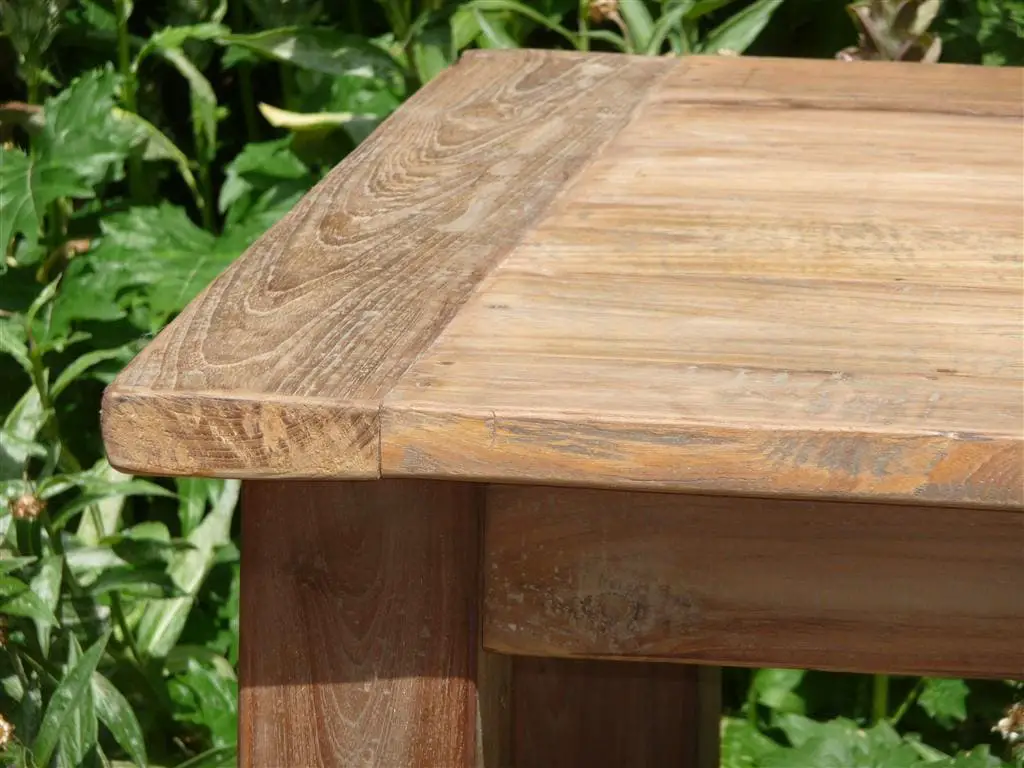
As an excellent option for an outdoor gazebo, teak is a tropical hardwood that I highly recommend. It’s incredibly strong, durable, and resistant to both rot and decay. Additionally, teak has a natural ability to repel bugs, which is a bonus for areas where insects are common.
One of the things I love about teak is its natural beauty. Its warm, deep colour looks fantastic in any backyard or garden setting. Not to mention, it’s a dense and long-lasting wood, making it a perfect material for an outdoor gazebo that can withstand the test of time.
However, it’s essential to keep in mind that teak is one of the more expensive wood options. Proper maintenance is also necessary, and I suggest oiling it every three months to keep it in tip-top shape. You can also sand it down to remove any stains or scratches that may occur.
8. Douglas Fir for Gazebos:
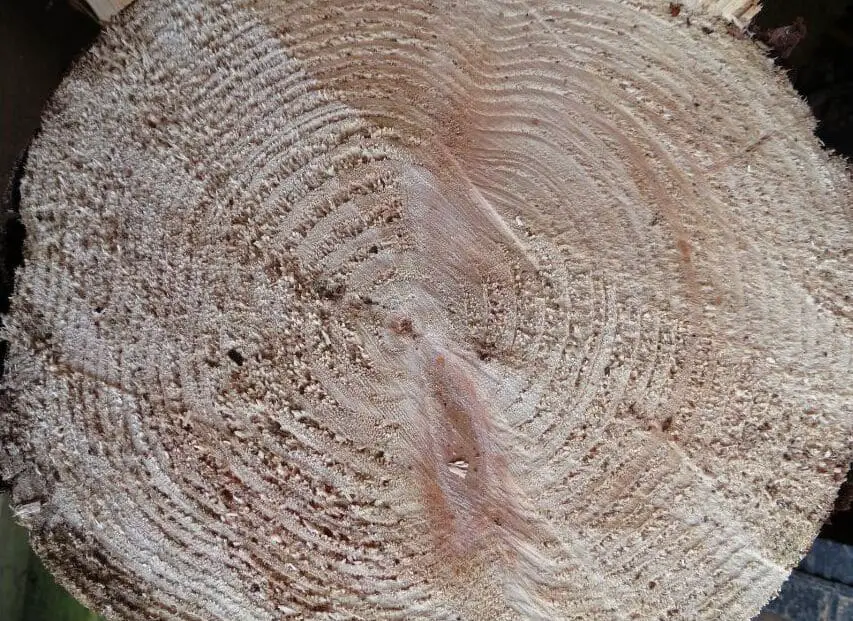
When it comes to building a pergola or wood gazebo, Douglas fir may not be the best option, but it’s definitely worth considering due to its affordability. Plus, structures made of Douglas fir are known for their sturdiness, making them ideal for areas with high winds or storms.
However, maintaining Douglas’s fir requires a lot of effort. You’ll need to spend time every year to keep your pergola or wood gazebo in good condition. Staining and painting it is also challenging, so if you don’t like the natural colour, you’ll have to put in the extra effort.
9. Pressure-Treated Wood for an Outdoor Gazebo:
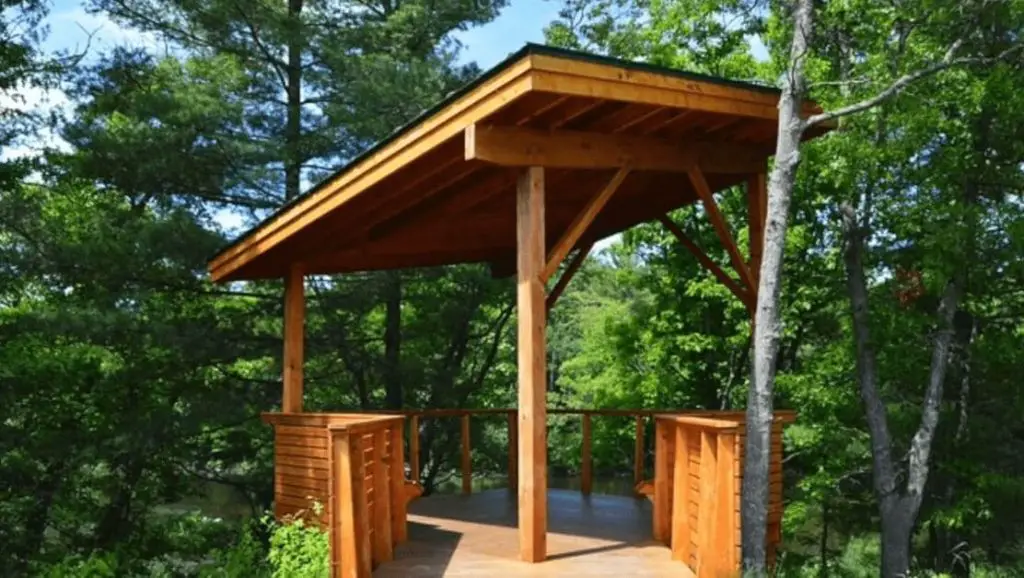
When we have a limited budget for material selection, we often opt for pressure-treated (PT) wood. It’s easy to work with and available at most lumber yards and home improvement stores.
PT wood undergoes a treatment process, making it more resistant to rot, decay, and insects, which makes it a durable choice for exterior applications like our pergola or gazebo. However, the chemicals used in PT can be toxic, which is concerning if our loved ones or pets come into contact with it.
We must consider that while pressure-treated wood is cost-effective, it may not have the most attractive look. PT wood typically has a green tint or blue streaking, which isn’t ideal for appearance projects.
If we decide to build a pergola or gazebo with this type of wood, we may choose to stain it to the colour of our liking, resulting in a more expensive project with additional maintenance costs in the future when it comes time to re-stain and seal the wood.
Overall, pressure-treated wood is a viable option for pergolas and gazebos when cost is a big factor, but we must consider the potential maintenance and health risks associated with the chemicals in the wood.
10. The Exotic Hardwoods:
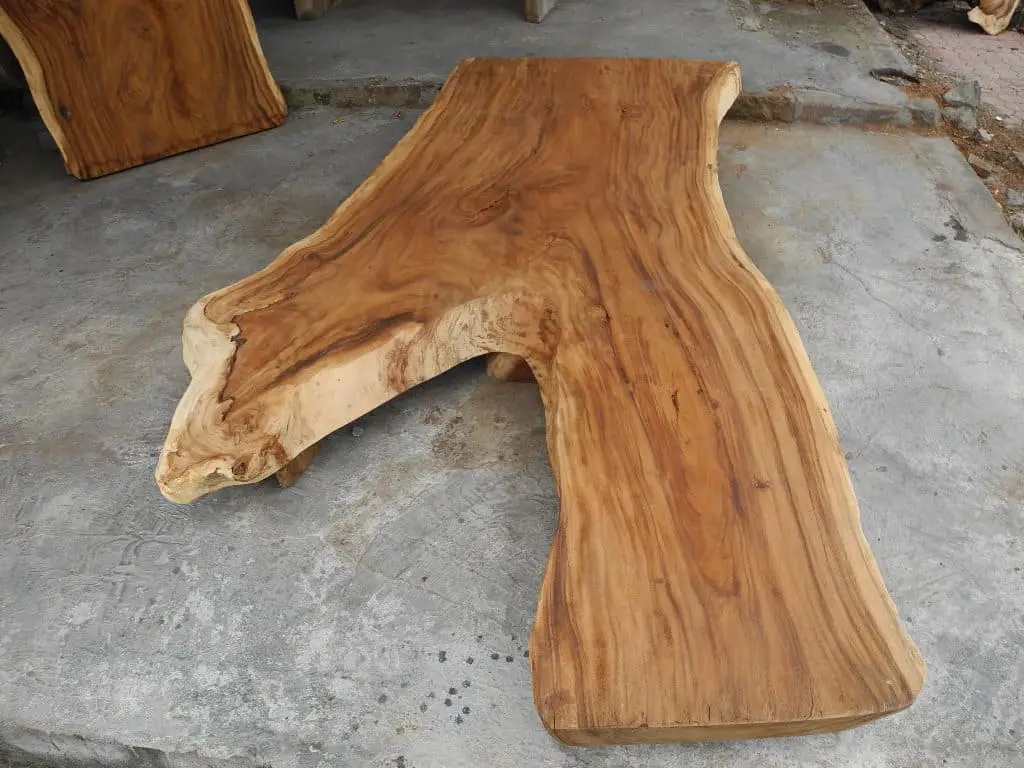
I have found that there is a wide range of exotic hardwoods available for building my next pergola or wood gazebo. However, one significant drawback of these woods is their high cost compared to domestic woods.
Even the most affordable exotic hardwoods are pricier, so if I want to build an entire pergola or gazebo using exotic wood, I need to be prepared to invest a significant amount of money.
Despite the cost, exotic hardwoods provide a unique and distinguished look that sets my structure apart from others. Moreover, if I take care of them properly, these woods can last a lifetime and more, making them a worthwhile investment.
Factors to consider when choosing wood for a gazebo
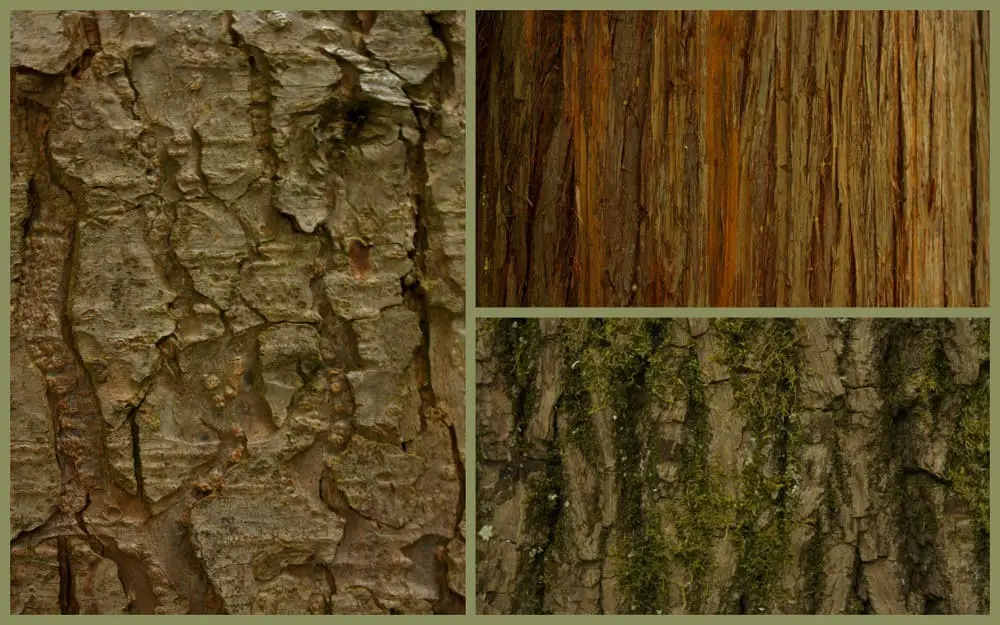
When choosing the wood for our gazebo, we need to consider several factors:
Climate and weather conditions:
When choosing the wood for our gazebo, we need to consider the climate and weather conditions of the location where the gazebo will be placed.
If the area is prone to rain and high humidity, we need to choose a type of wood that is resistant to rotting and can withstand moisture without warping or shrinking.
Durability and strength:
The durability and strength of the wood are also important factors to consider when building a gazebo. We want the gazebo to last for many years, so we need to choose a type of wood that is strong enough to withstand outdoor elements and can resist damage from regular wear and tear.
Resistance to insects and rot:
Insects and rot can be major issues for outdoor wooden structures like gazebos. Choosing a type of wood that is naturally resistant to insects and rot can help to prevent damage to the structure and extend its lifespan. Alternatively, we can choose a wood that has been treated with preservatives to resist insects and rot.
Aesthetic appeal:
Lastly, we want our gazebo to be visually appealing and fit with the overall design of our outdoor space. We should choose a type of wood that has an attractive grain pattern and colour that matches our vision for the gazebo. It’s important to choose a wood that can be stained or painted to achieve the desired look.
Comparison of different wood types
When it comes to comparing different wood types for building a gazebo, we need to consider several factors.
Strength and durability:
Strength and durability are important, especially if you live in an area with harsh weather conditions. Cedar and redwood are known for their strength and durability, while pine and spruce are softer woods that are more prone to damage.
Cost:
Cost is another factor to consider. Pressure-treated wood and pine are the most affordable options, while cedar and redwood are more expensive. Exotic hardwoods like teak and ipe are the most expensive, but they are also the most durable.
Appearance:
Appearance is also an important factor for many homeowners. Cedar and redwood have a natural beauty that many people find attractive, while pressure-treated wood can have a greenish tint that some people find unappealing.
Maintenance:
Maintenance requirements vary depending on the wood type. Cedar and redwood require the least amount of maintenance, while pressure-treated wood and pine require regular staining and sealing to maintain their appearance and protect them from insects and rot.
Overall, when comparing different wood types for building a gazebo, it’s important to consider your budget, your climate, and your aesthetic preferences. With these factors in mind, you can choose the wood type that is best suited for your needs.
FAQs:
Q:1 What kind of wood should I use for a gazebo?
When building a gazebo, people often choose between Western Red Cedar and Redwood, which are two popular types of wood besides pressure-treated wood. These woods are both really pretty and people often mix them up.
Q:2 Is cedar wood good for a gazebo?
Western Red Cedar is a great choice for building an outdoor pergola or pavilion. It has a unique red colour that looks beautiful and it also has practical benefits. This wood is our top pick for any outdoor project because of its great look and advantages.
Q:3 What wood is better than cedar?
When deciding between treated wood and cedar, treated wood is generally stronger and better at resisting the effects of weather. It can resist damage from insects and rot, and some types can even be buried in the soil without decaying for many years.
Q:4 What is the average cost of a wood gazebo?
The price range for most wooden gazebos is between $4,100 and $6,900. Pine and bamboo are usually cheaper options, while tropical wood and cedar tend to be more expensive.
Q:5 What is a cheaper alternative to cedar?
If you’re trying to save money, you can consider using Siberian Larch instead of cedar wood. Choosing the ‘B’ grade version of Siberian Larch can be even cheaper than the higher-quality ‘A’ grade, and it may have more knots in the wood which can add to its rustic appearance.
Conclusion:
In conclusion, after considering several factors such as climate, durability, resistance to insects and rot, and aesthetic appeal, I would recommend Western Red Cedar as the best wood for a gazebo.
Its natural beauty, practical advantages, and affordability make it an excellent choice for any outdoor structure. However, if budget is a major concern, then a cheaper alternative such as Siberian Larch can also be a viable option.
Ultimately, the choice of wood for your gazebo will depend on your personal preferences, budget, and the specific requirements of your project.
We hope you will be well aware of the best wood for gazebo, after reading this comprehensive guide. If you have any questions, feel free to comment below!

